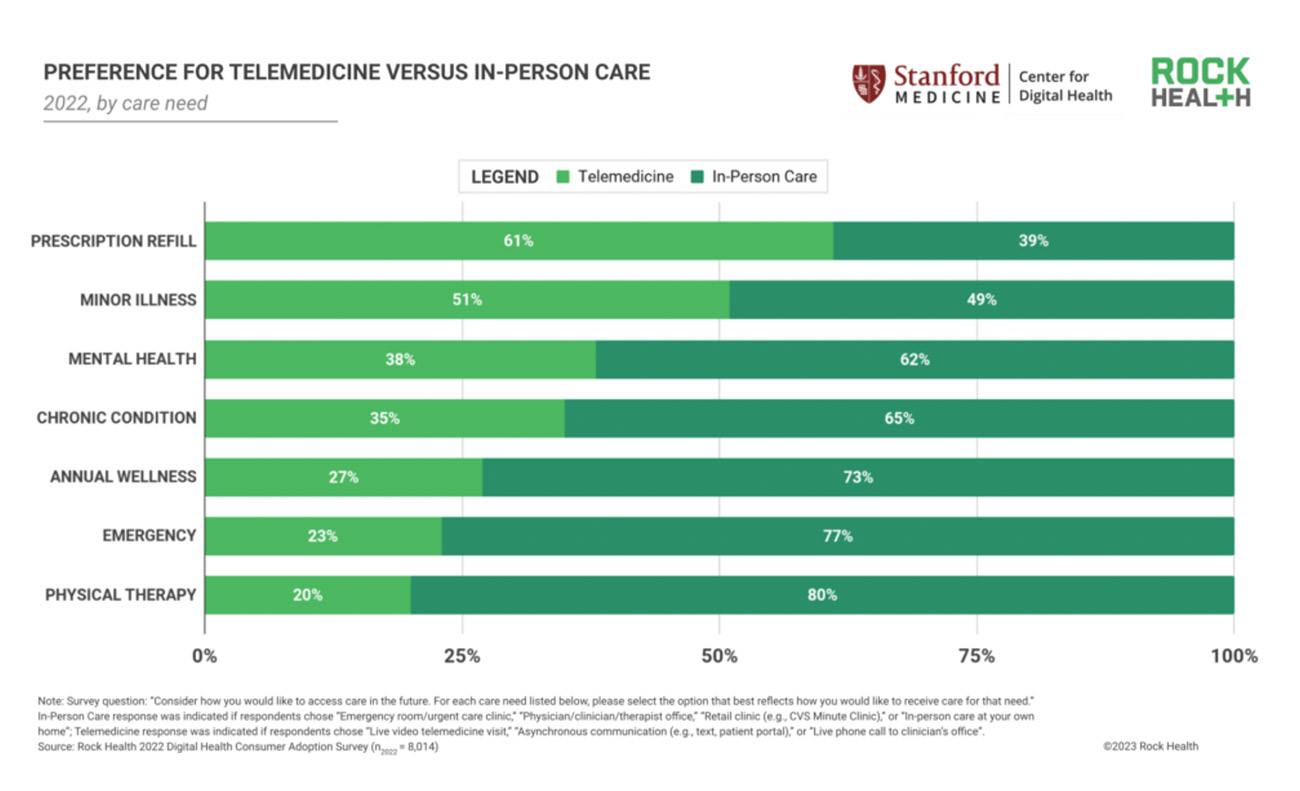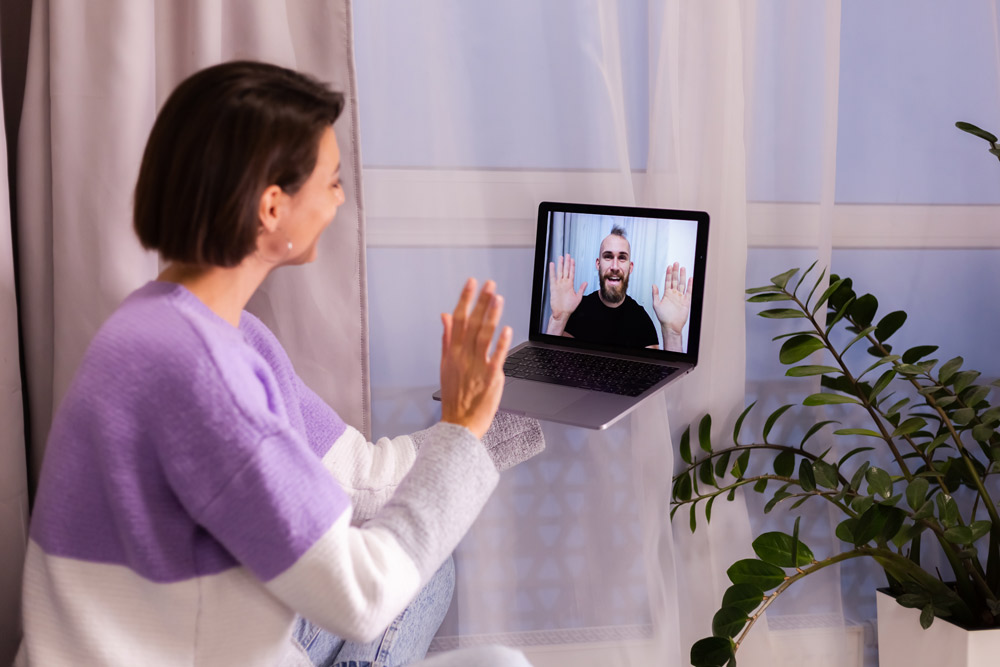Is Mental Health Leading the Telemedicine Revolution?
Dr. Fatih Mehmet Gul, CEO of Dr. Soliman Fakeeh Hospital Jeddah and Vice President Group Marketing Office

Telemedicine’s integration into mental health care has transformed access to services, making help more accessible and fast. This transition is critical as the global demand for mental health care rises, fueled by social difficulties like as the COVID-19 pandemic and increased awareness of mental health issues.
Telemedicine’s History and Evolution
Telemedicine’s roots can be traced back to the early days of telecommunications, when initial efforts in remote treatment entailed using telephone lines to eliminate the need for in-person appointments. Over the years, technological improvements have expanded telemedicine’s capacity to offer a diverse variety of treatments across numerous specialisations, with mental health being one of the most important. According to Epic patient data, the proportion of telehealth visits peaked across all specialties in Q2 2020, with the greatest rates observed in mental health (65.5 percent), endocrinology (55.5 percent), geriatrics (55.2 percent), transplant (52.2 percent), and gastroenterology (51.5 percent). In 2023, mental health remained the most popular specialty for telehealth use. By the third quarter of 2023, 37% of mental health appointments were virtual, followed by infectious disease (11%), obstetrics (10%), and transplant (10%).

Technological advancements
Telemedicine’s progress has been aided by significant technology advancements such as high-speed internet, secure video conferencing tools, and enhanced data encryption technologies. These improvements have enabled the safe and efficient delivery of complicated and sensitive services such as mental health treatment.
Current Landscape of Online Mental Health Services
Service Overview Psychotherapy and counselling are among the online mental health treatments available, along with psychiatric examinations and medication management. These services are provided through a variety of channels, including synchronous video conferencing, asynchronous messaging, and integrated digital health apps.
Impact Assessment According to studies, online mental health services are highly beneficial. For example, a systematic study published in the “Journal of Psychological Disorders” discovered that online cognitive-behavioral therapy (CBT) was equally beneficial as face-to-face treatment for major depression, panic disorder, social anxiety disorder, and generalised anxiety disorder.

Major Platforms in Mental Health Telemedicine
Teladoc Health Teladoc Health offers extensive telehealth services, including mental health. It exhibits excellent levels of patient satisfaction and significant decreases in depressed symptoms among users. Teladoc’s technology enables customers to communicate with mental health doctors via video and phone, ensuring prompt access to care.
MDLive MDLive provides a variety of mental health services through its platform, including therapy and psychiatric care. The platform has played an important role in increasing access to mental health care for people living in remote or underserved communities.
Shezlong Shezlong, the Middle East’s
first online psychotherapy platform, addresses the region’s specific cultural and socioeconomic mental health concerns. The application and website offer services in Arabic and has played an important role in decreasing the stigma associated with mental health treatment in
the region.

Emerging Startups and Innovations
Innovative Startups New startups like BetterHelp and Talkspace have disrupted the traditional mental health landscape by offering subscription-based services that provide users with access to mental health professionals through text, video, and voice messaging.
Technological Innovations Recent innovations include the use of AI to enhance therapeutic outcomes. For example, platforms like Woebot use AI-driven chatbots to deliver cognitive-behavioral therapy techniques, helping users manage symptoms of anxiety
and depression.
User Demographics and Access
Online mental health services are widely used across all demographics. The growth in usage is especially significant among older persons and minority groups, who have traditionally faced challenges to receiving mental health services.
Case Studies
Case Study 1: Rural Access A telepsychiatry program in rural Wyoming provided access to psychiatric care for patients who previously had to travel over 100 miles to see a psychiatrist. The program significantly improved adherence to psychiatric treatment and reduced hospitalization rates.
Case Study 2: Emergency Implementation During the COVID-19 lockdowns, a New York City hospital system rapidly deployed a telehealth program to continue providing mental health services. The program catered to thousands of patients and effectively managed to maintain continuity of care through the crisis.
Case Study3: Permanent Telemedicine Coverage Centers for Medicare and Medicaid Services (CMS) issued permanent coverage of behavioral/mental telehealth services delivered using audio-only communication platforms and will extend coverage of some non-behavioral/mental telehealth services delivered using audio-only communication through December 31, 2024. Where CMS leads, payer organizations typically follow, meaning non-video telemedicine channels are likely to find permanent or longstanding reimbursement pathways—further encouraging provider usage of non-video telemedicine.
Regulatory and Policy Landscape
Regulatory frameworks influence the introduction and scalability of telemedicine services, notably in mental health. In the United States, the 21st Century Cures Act and several state-specific telehealth regulations have created a favourable atmosphere for the growth of telemedicine. These regulations are intended to guarantee that online services adhere to the same standards of care as in-person services, covering concerns such as licencing, reimbursement, and patient privacy. The continual modification of these regulations, particularly in reaction to public health events such as the COVID-19 epidemic, demonstrates how dynamic the regulatory framework for telemedicine is.
Future Trends and Predictions
The future of mental health telemedicine is poised for significant transformation with advancements in technology and increased patient demand for services. Experts predict a surge in the use of AI and machine learning for personalized treatment plans and diagnostics. Additionally, the integration of VR into therapy sessions is expected to become more mainstream, providing immersive experiences that can replicate or enhance traditional therapeutic environments.
The expansion of telemedicine is also likely to continue disrupting traditional healthcare models, making mental health services more accessible to a broader population.
Comparative Analysis
Different countries and regions have adopted telemedicine at varying rates due to cultural, economic, and regulatory factors. For instance, while the U.S. and Europe have seen robust growth in telemedicine adoption due to high internet penetration and supportive legislation, countries in the Middle East and some parts of Asia are still in the early stages of adoption, often hindered by infrastructure challenges and regulatory gaps. Understanding these differences is crucial for global health organizations aiming to implement telemedicine solutions effectively.
Challenges and Barriers
Despite its benefits, online mental health care faces challenges such as privacy concerns, the need for technical literacy among users, and the variability of insurance coverage for telehealth services. Overcoming these barriers is crucial for the future of telehealth in mental health.
Conclusion
The field of mental health care is at the forefront of the transformation brought about by telemedicine, which is revolutionising the delivery of services and their accessibility. It is possible that as technology advances, the ability to improve patient treatment will also increase, which may result in mental health services becoming more accessible and effective. The incorporation of telemedicine into conventional medical treatment is a revolution that will be lasting and has the potential to enhance the lives of a great number of people who require assistance with their mental health.
















